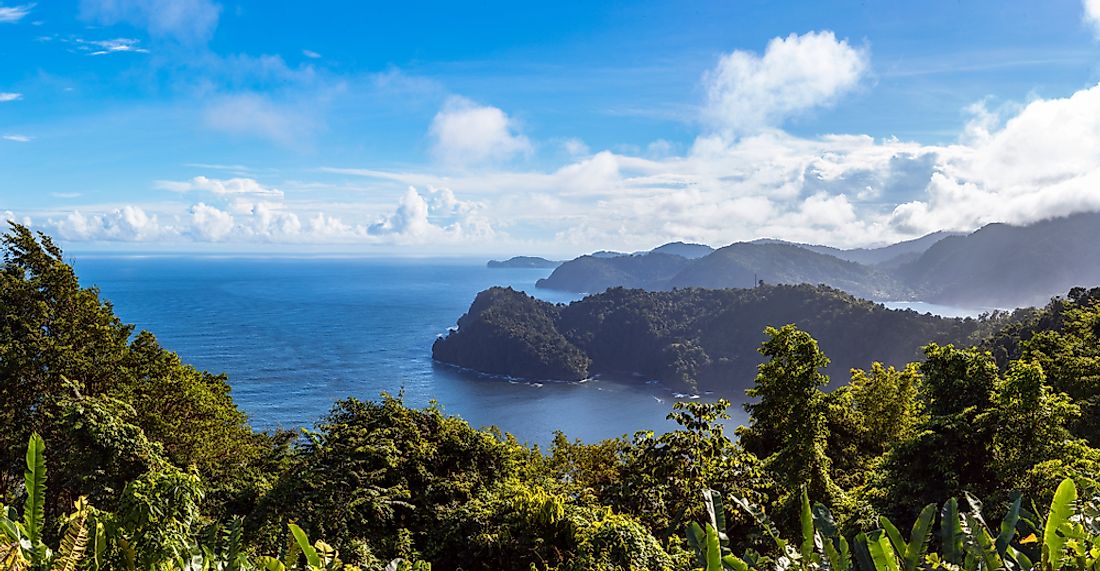What Type Of Climate Does Trinidad And Tobago Have?

Trinidad and Tobago is an island country located in the southernmost region of the West Indies in the Caribbean. The country is made up of two major and several small islands. It shares a maritime border with Grenada, Barbados, Guyana, and Venezuela. Britain acquired the two islands separately in 1802 and unified them into a single colony in 1889. The state declared independence in 1962.
Climate Of Trinidad And Tobago
The proximity of Trinidad and Tobago to the equator enables the state to have two distinct climatic patterns: the dry season between January and May and the wet season between June and December.
The dry season is classified as a tropical marine climate and is characterized by warm days, cool nights, and strong winds. Low precipitation occurs during the daytime.
The wet season is classified as a moist equatorial climate and by hot days and nights, low wind speeds, and heavy rainfall. The variation in seasons comes from the size of the country, orientation regarding trade winds, geographical location, elevation, and orography. The wet season coincides with the hurricane season that runs between June and November, peaking in August and October. Trinidad is located on the southern edge of the North Atlantic hurricane basin and is therefore not affected by severe storms as Tobago.
The wet season is warmer compared to the dry season with September recording the highest temperature during the wet season while match records the highest during the dry season. Trinidad experiences more rainfall than Tobago throughout the year. Factors that influence precipitation include the intensity of the North Atlantic subtropical high-pressure cells, the latitudinal position, Tropical cyclones and waves, sea breeze effects, and the convergence of cloud clusters.
Trends In The Climate Of Trinidad And Tobago
Meteorological studies of climatic patterns suggest that temperature in Trinidad has been rising since 1946. Temperature readings over the last three decades show a significant upward trend. Further studies using the Global Climate Model concurred with the trend, suggesting an increase in the average annual temperature of the country. There is no significant fluctuation in the average rainfall received, but various parts of the country have recorded varying amounts of precipitation over time. In the 1960s and 80s, the average rainfall increased but subsequently reduced in the 1990s. Southern Trinidad has reported declining rainfall while the northern region has witnessed an increase.
The island of Tobago recorded a decline of 36.4 millimeters between 1981 and 2010 owing to the number of years that recorded below average rainfall. El Nino events in the recent past have resulted in drought in the country leading to a drop in agricultural production. In 2010, a severe drought in the country resulted in a wildfire that consumes hundreds of acres of natural forest. Global warming has led to an increase in sea temperature resulting in severe coral bleaching during the summer. If global warming is not tamed, the country risks losing its entire coral reefs. Intense rainfall has resulted in increased flooding that has impacted the quality of water for household use.











